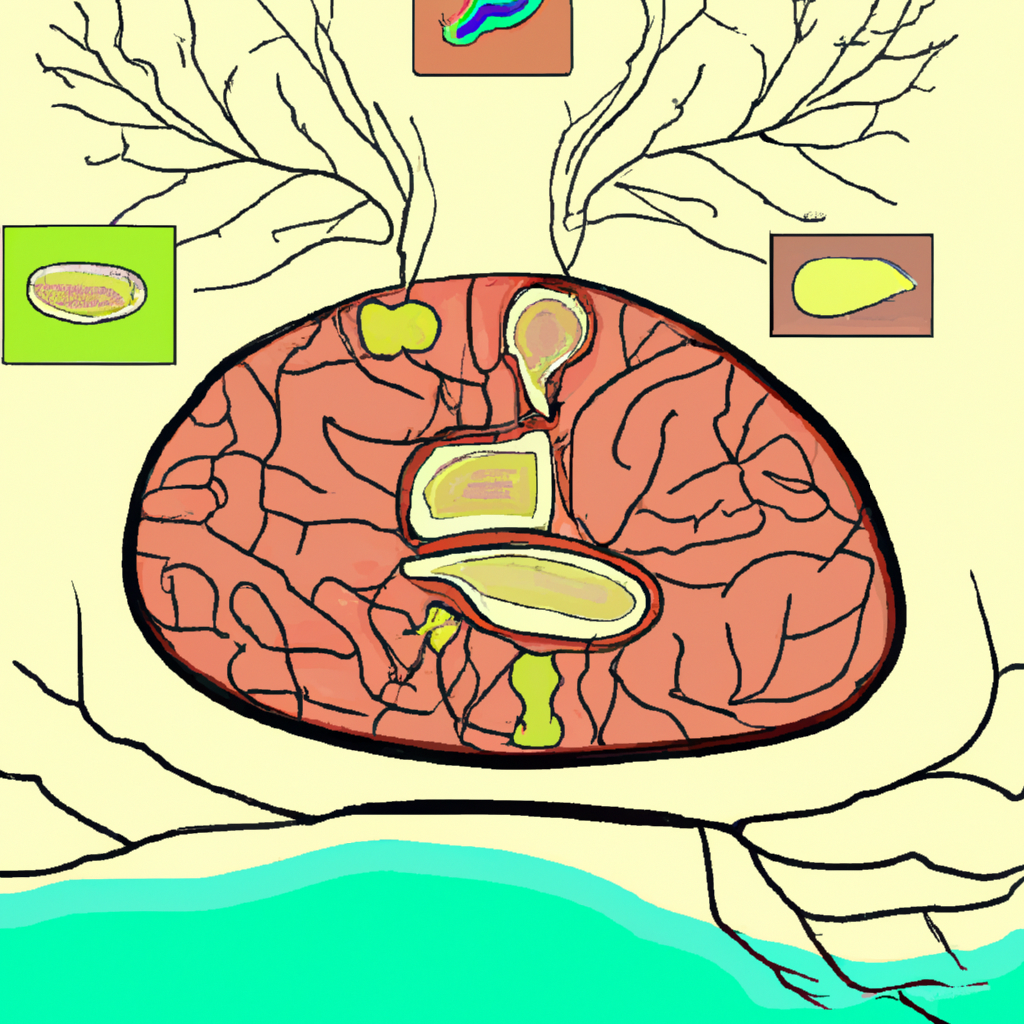Introduction
The study of the fish brain is essential for understanding behavior, ecology, physiology, and fishes, who inhabit a variety of aquatic habitats. The fish brain is an important sensory organ for aquatic life. It is vital for survival and reproduction. In this article, we examine the structure and functions of the fish’s brain, its role in different activities, and the effects that environmental factors can have on it.
The Anatomy of Fish Brain
The fish brain is divided up into different regions that are responsible for various functions. The olfactory bulb is located at the front of the brain and is responsible for detecting chemical cues. The optic tectum also known as the middlebrain receives visual information from the eyes. This helps fish navigate, detect movement, distinguish between objects, and detect predators. The cerebellum, located below the optics tectum plays a major role in coordinating movements and balance. It helps fish swim straight and make rapid turns. It also helps them maintain stability in different currents of water. The telencephalon is responsible for processing sensory information at a higher level. It is particularly important for cognitive functions such as learning, memory, and decision-making.Lastly, the medulla oblongata connects the fish brain to the spinal cord and is responsible for controlling vital functions such as breathing, heartbeat, and digestion.
Functions of the Fish Brain
The brain of the fish performs a variety of functions that are vital for the survival and reproduction. These include:
1. Sensing the environment
The fish brain is responsible to process sensory information from the surrounding environment. It can detect cues like light, sound and chemicals. Fish can detect changes in their environment and adapt to changing conditions. They can also detect predators and prey, and communicate with each other.
2. Controlling Movements
The brain of the fish is responsible for controlling and coordinating movements. It helps fish swim, navigate and find food. The cerebellum is important for quick and accurate movements. It is responsible for coordination and stability.
3. Memory and Learning
The fish brain plays a major role in memory and learning. Fish can remember stimuli and learn from their experiences. This ability allows fish to adapt to changes in the environment and avoid predators.
4. Reproduction and Social Behavior
The fish brain is essential for social and reproductive behavior. It controls hormones that influence reproduction, including spawning. It also plays an important role in social behaviors, such as aggression and mate-seeking.
Environmental Factors Affecting Fish Brain
Pollution, temperature changes, and water quality can all affect the fish brain. These factors can alter the structure of the fish’s brain, causing behavioral changes and even death.
1. Pollution
Water pollution can alter the chemical composition and affect the brain function of fish. Heavy metals such as mercury and lead can accumulate in fish tissue and affect brain functions, resulting in impaired behavior, reproduction and survival.
2. Temperature
The brain function of fish can also be affected by changes in water temperature. High temperatures can damage the brain and affect cognitive function. Low temperatures can slow down brain functions, leading to behavioral change.
3. Water Quality
A poor water quality such as eutrophication or acidification can also affect the brain function of fish. These conditions can cause oxygen depletion and damage to the nervous systems, among other impairments.
Conclusion
The fish brain is an essential and complex organ that plays a vital role in the survival of fish. Understanding its structure and functions can give us insights into how fish perceive their environment, coordinate movements, and interact. The fish brain is susceptible to environmental factors which can negatively impact its structure and functionality. It is therefore essential to protect aquatic eco-systems and ensure the survival and health of fish populations.




